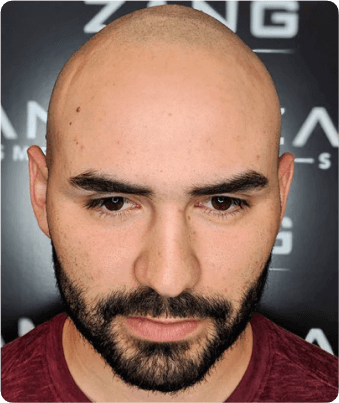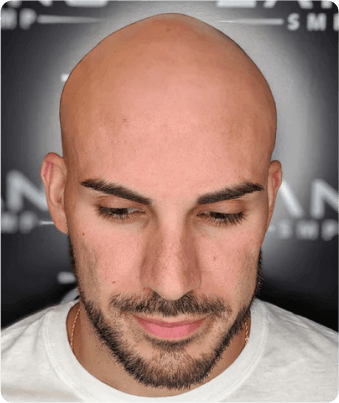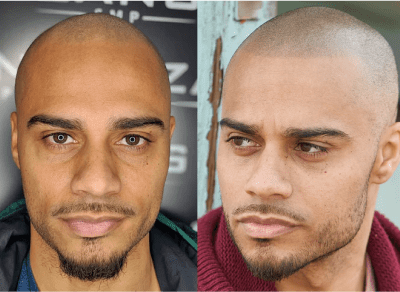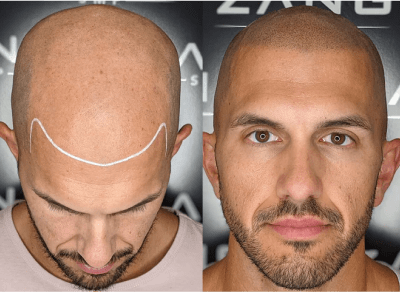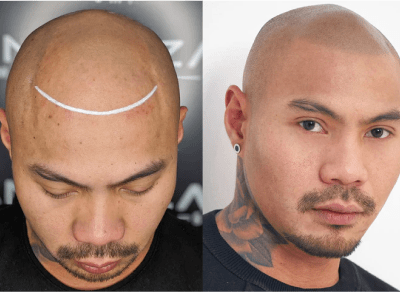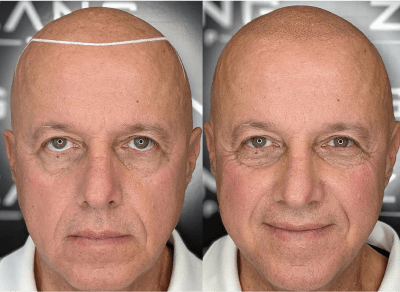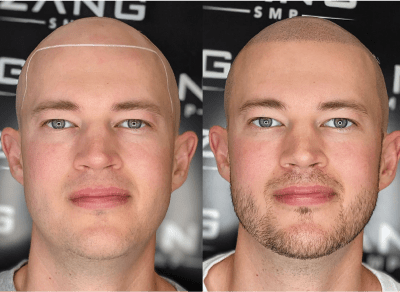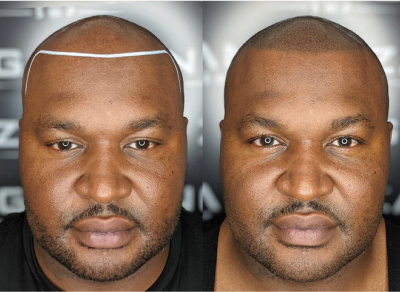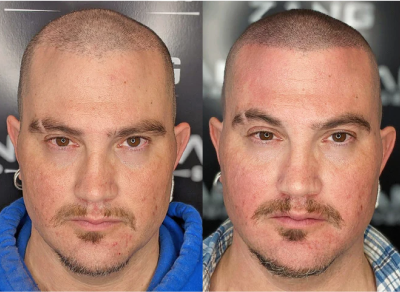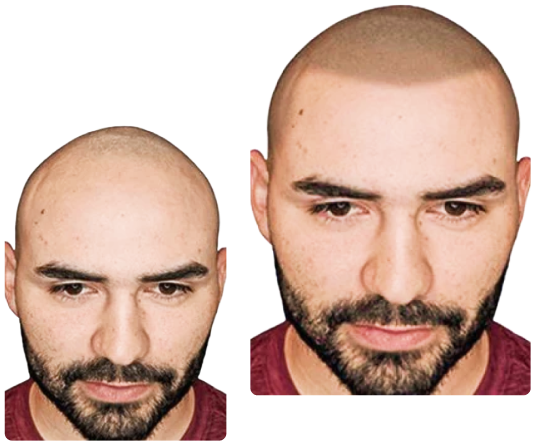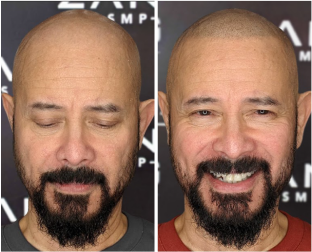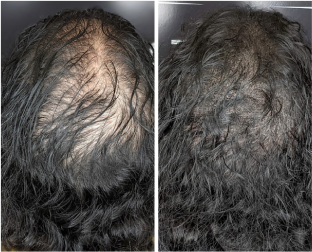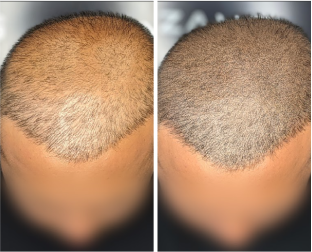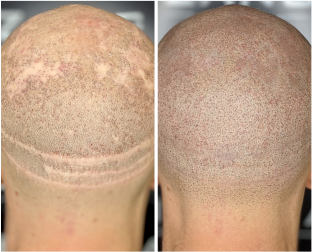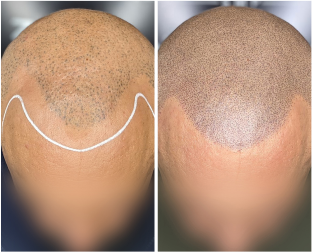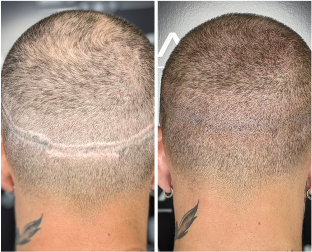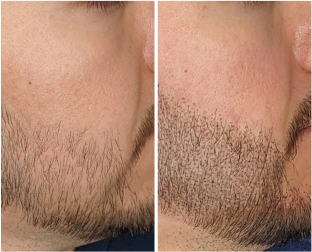How is Male Pattern Baldness Diagnosed and How Does it Influence Hair Loss?
Male pattern baldness is characterized by hair loss primarily around the hairline and crown. Genetics, along with hormonal changes, play a pivotal role in the onset of this condition and similar hair loss issues.
Stages of Male Pattern Baldness
The Hamilton-Norwood scale is a tool used to track the progression of male pattern baldness, with stage 1 indicating minimal hair loss and stage 7 representing total baldness at the crown.
In stages 1 through 3, hairline recession is mild to moderate, typically affecting the front areas.
As the scale progresses to stages 4 and 5, the hairline loss becomes more significant, and thinning in the crown becomes more apparent. By stages 6 and 7, the majority or all of the hair on the top of the head is lost.
In some rare cases, male pattern baldness may present as diffuse thinning throughout the scalp without affecting the hairline or as localized hair loss at the crown without a receding hairline.
Treatment For Male Pattern Hair Loss: Scalp Micropigmentation
Scalp Micropigmentation (SMP) is a non-invasive technique that provides a solution for male-pattern baldness by applying specialized pigments to the scalp. This creates the appearance of natural hair follicles and gives you a sharp, buzzed look that works with any style.
SMP provides an immediate solution to hair loss without the need for surgery or long recovery times. Unlike hair transplants, which depend on donor hair, SMP delivers lasting results with minimal downtime, making it suitable for men at all stages of hair loss.
At Zang SMP in Irvine, we exclusively use organic, plant-based pigments that are both safe and effective. Our highly skilled practitioners apply these pigments with meticulous care to ensure a seamless and authentic result that blends perfectly with your existing hair.
SMP is an excellent option for men who have experienced the emotional and physical effects of hair loss. This treatment boosts your confidence by restoring a youthful, natural look without the discomfort or downtime of traditional hair restoration methods.
Typically, the process takes two to three sessions. The first two sessions are spaced one week apart, and an optional third session can be scheduled 1 to 3 months later to perfect your look and ensure complete satisfaction.

